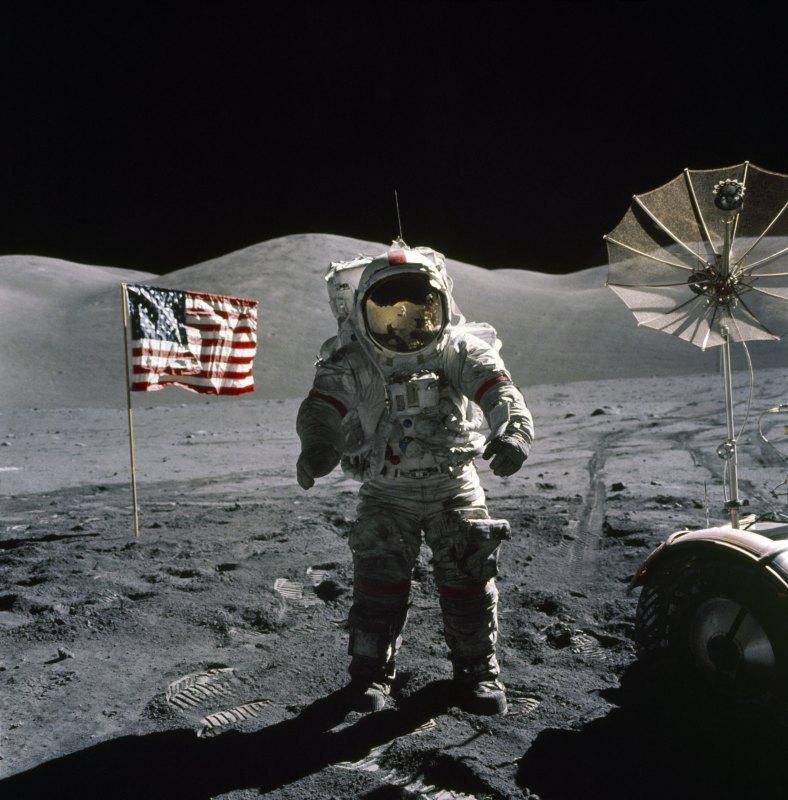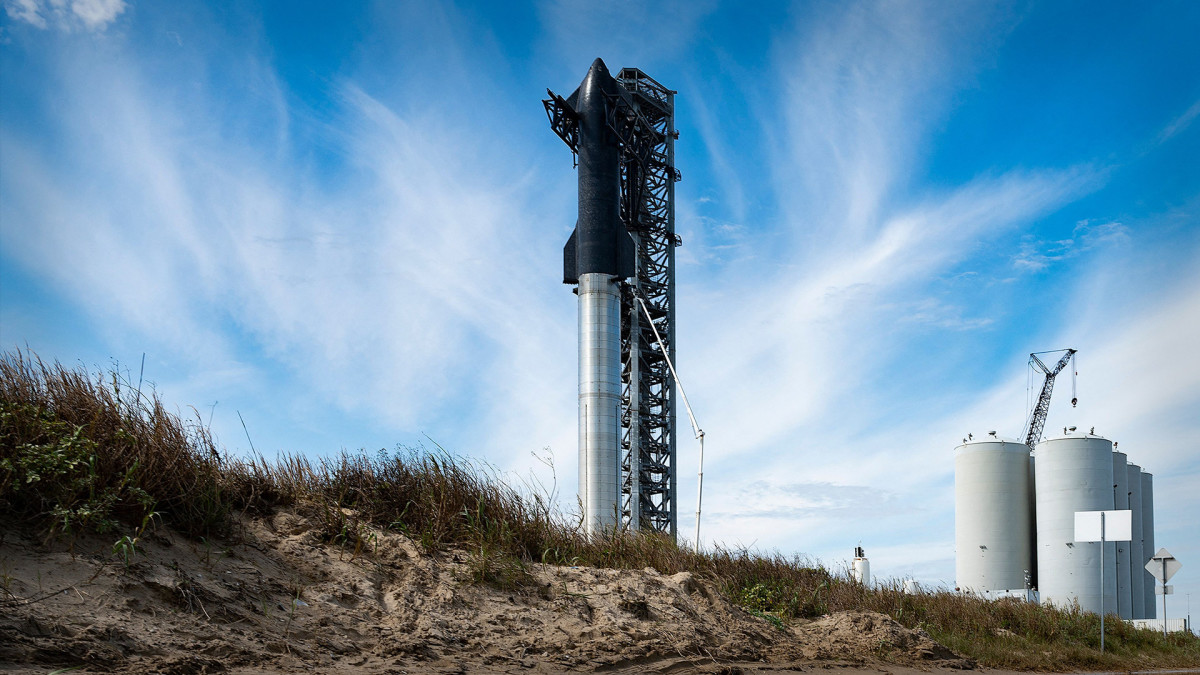
NASA on Tuesday announced a change in the expected schedule of its Artemis campaign — an effort to explore further explore the moon — pushing everything back by about a year.
The launch of Artemis II, a deep space flight test, was pushed back from November 2024 to September 2025, and the launch of Artemis III, which will see American astronauts touch down on the moon's surface for the first time since Apollo 17 in 1972, was pushed back from 2025 to September 2026.
The primary motivation for the schedule change, according to NASA, is an effort to ensure the safety of the agency's crews.
Related: The environmental dichotomy of Tesla CEO Elon Musk
In testing its Orion spacecraft, which will propel the mission to the moon, NASA uncovered several issues — including battery problems and issues with temperature control circuitry — that the agency said would take more time to resolve.
The new timeline further "acknowledges development challenges experienced by NASA's industry partners," which includes Elon Musk's SpaceX.

“We are letting the hardware talk to us so that crew safety drives our decision-making. We will use the Artemis II flight test, and each flight that follows, to reduce risk for future Moon missions,” Catherine Koerner, associate administrator, Exploration Systems Development Mission Directorate said in a statement. “We are resolving challenges associated with first-time capabilities and operations, and we are closer than ever to establishing sustained exploration of Earth’s nearest neighbor under Artemis.”
Related: The critical differences between Elon Musk's first and second Starship flight
NASA and SpaceX's Starship
NASA selected SpaceX to provide the landing system that will take its Artemis III astronauts from the Orion vessel to the surface of the moon in 2026. SpaceX will use its currently in-progress Starship vessel to accomplish the mission.
NASA said that SpaceX will fly at least one uncrewed mission designed to test Starship's ability to land on the surface of the moon before the agency launches Artemis III.
NASA sources told Reuters that SpaceX is taking longer than anticipated to reach certain development milestones.
"When Starship has met all of NASA’s requirements and high standards for crew safety, it will be ready for its first Artemis mission," NASA said in a statement.
The Artemis II mission will be the first crewed mission within the Artemis umbrella and is designed to test the capabilities of NASA's Orion vessel in preparation for a trip to the moon. It is meant to build upon Artemis I, an uncrewed Orion test that was launched in 2022.

JIM WATSON/AFP via Getty Images
“Artemis is a long-term exploration campaign to conduct science at the Moon with astronauts and prepare for future human missions to Mars. That means we must get it right as we develop and fly our foundational systems so that we can safely carry out these missions,” Amit Kshatriya, deputy associate administrator of Exploration Systems Development, and manager of NASA’s Moon to Mars Program Office at headquarters, said in a statement.
SpaceX launched Starship twice in 2023, two flights that didn't quite make it to orbit before self-destructing.
Jessica Jensen, vice president of customer operations and integration at SpaceX, said Tuesday that SpaceX expects Starship to be ready to fly again in January, though she added that a launch license from the Federal Aviation Administration (FAA) likely won't come until February.
“We will be able to do what Artemis III needs," she added.
Contact Ian with tips via email, ian.krietzberg@thearenagroup.net, or Signal 732-804-1223.
Related: Elon Musk shares exciting updates about the future of interplanetary travel
Get exclusive access to portfolio managers’ stock picks and proven investing strategies with Real Money Pro. Get started now.







